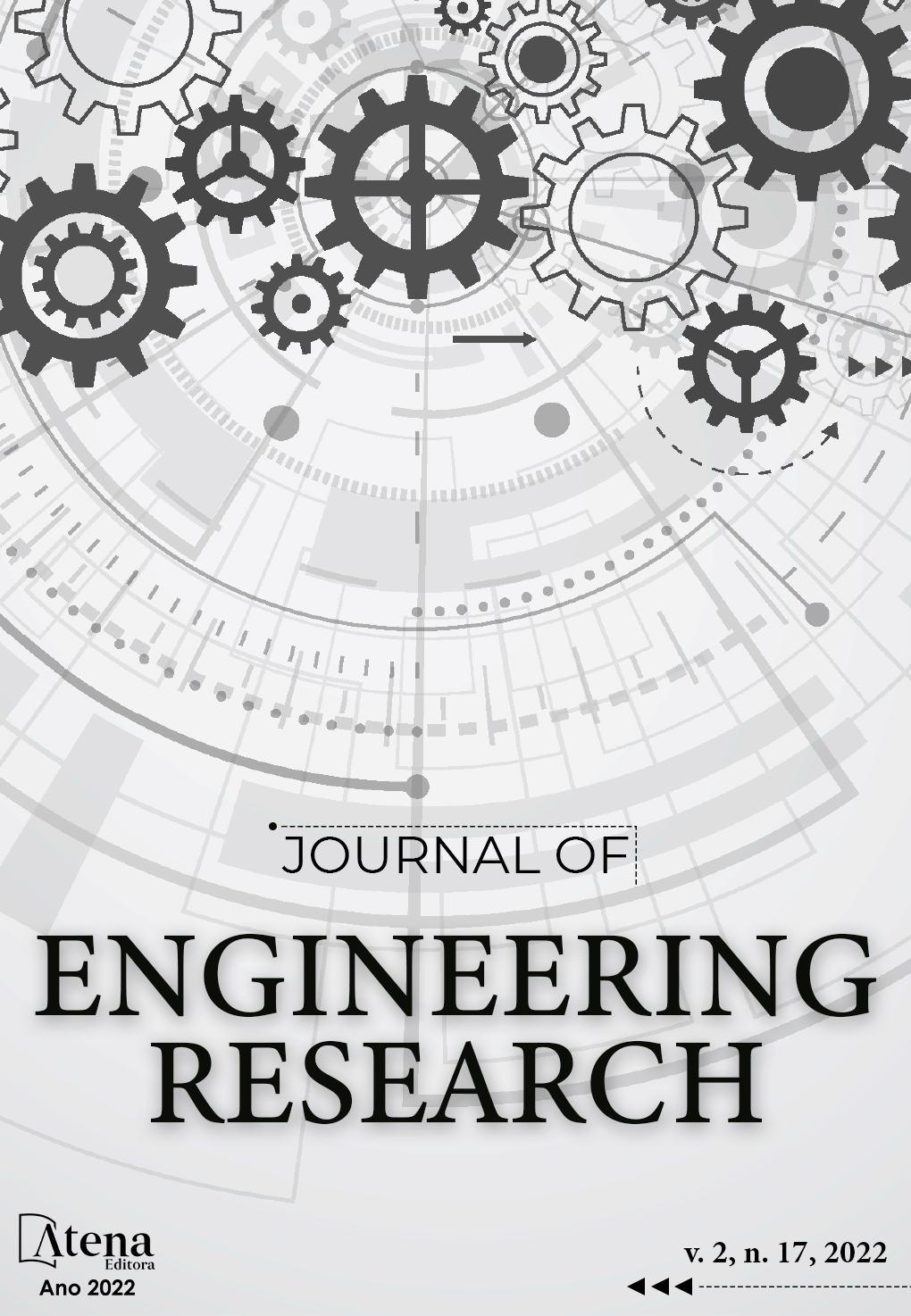
THE CONSTRUCTION OF MATHEMATICAL KNOWLEDGE: CURIOSITIES IN A LACON AND PHILOSOPHICAL PERSPECTIVE
When he stopped being a nomad and started to live a principle of society, man began to feel the need to count. The first idea gave rise to one-to-one correspondence (basis for working with concepts involving function). The fingers of the hands, stones (from the Latin, calculus) become instruments used in this correspondence, whose decimal traces are preserved and considered to this day. However, groups of stones have ephemeral characteristics that make it impossible to preserve numerical information in the long term. The first innovative idea was to register values through marks on bones and sticks. Thus begins a language that was developed within principles, whose objective was to facilitate the work of the man who calculated (even without him knowing it). “The tendency of language to develop from the concrete to the abstract can be seen in many of the measures of length in use today. A horse's height is measured in “spans” and the words “foot” and “ell” (elbow, elbow) also derive from body parts” (BOYER, 1996, p. 04). All this contributed to the development of mathematics, transforming it into something much bigger than just counting and measuring. The origin of the first indications of a structure, which would later be called mathematics, is lost in times without records. Sometimes it is due to practical necessity (in Herodotus' view - the “rope-drawers” of ancient Egypt, for example), sometimes to priestly and ritual leisure (in Aristotle's view). Therefore, our chronological observation will have as a principle to highlight important points according to personal motivations, arranged on a firmer ground in the history of mathematics, recorded in documents that have been preserved.
THE CONSTRUCTION OF MATHEMATICAL KNOWLEDGE: CURIOSITIES IN A LACON AND PHILOSOPHICAL PERSPECTIVE
-
DOI: 10.22533/at.ed.3172172202087
-
Palavras-chave: History, Construction, Knowledge, Mathematics.
-
Keywords: History, Construction, Knowledge, Mathematics.
-
Abstract:
When he stopped being a nomad and started to live a principle of society, man began to feel the need to count. The first idea gave rise to one-to-one correspondence (basis for working with concepts involving function). The fingers of the hands, stones (from the Latin, calculus) become instruments used in this correspondence, whose decimal traces are preserved and considered to this day. However, groups of stones have ephemeral characteristics that make it impossible to preserve numerical information in the long term. The first innovative idea was to register values through marks on bones and sticks. Thus begins a language that was developed within principles, whose objective was to facilitate the work of the man who calculated (even without him knowing it). “The tendency of language to develop from the concrete to the abstract can be seen in many of the measures of length in use today. A horse's height is measured in “spans” and the words “foot” and “ell” (elbow, elbow) also derive from body parts” (BOYER, 1996, p. 04). All this contributed to the development of mathematics, transforming it into something much bigger than just counting and measuring. The origin of the first indications of a structure, which would later be called mathematics, is lost in times without records. Sometimes it is due to practical necessity (in Herodotus' view - the “rope-drawers” of ancient Egypt, for example), sometimes to priestly and ritual leisure (in Aristotle's view). Therefore, our chronological observation will have as a principle to highlight important points according to personal motivations, arranged on a firmer ground in the history of mathematics, recorded in documents that have been preserved.
-
Número de páginas: 10
- Paulo Sebastião Ribeiro
- Maxwell Gonçalves Araújo


